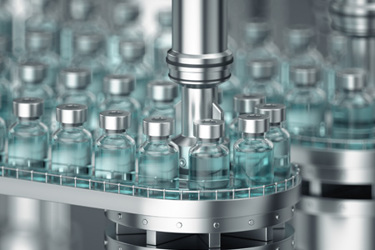Sterile Filtration And Quality Risk Management

During the manufacture of sterile products, process control is essential to ensure product quality and the delivery of safe drugs and therapies. Controls relating to all production aspects, encompassing the facilities, systems, materials, equipment, and procedures that are required, evolve as a result of increased knowledge, continuous improvement, emerging challenges, or new technology or solutions. These grow with input from the industry, suppliers, and specialist interest groups to become increasingly commonplace solutions and ultimately influence global regulatory guidance. Through this progression, the industry evolves, passively sharing best practices to develop ever-safer processes.
In this cycle, there are periods of uncertainty at times, especially as novel manufacturing methods and new modalities arise. Occasionally, the guidance issued from regulatory agencies can differ; in the interpretation of this guidance and the subsequent local enforcement of it. Global harmonization takes time. However, where there is clear scientific rationale and an achievable solution, it is inevitable, but not immediate. During this process, there are milestones that indicate the transition from isolated applications to best practices and then industry benchmarks. One such milestone is the update to EU GMP Annex 1, Manufacture of Sterile Medicinal Products. Here, we explore EU GMP Annex 1, the role of filtration for bioburden control in quality risk management and contamination control strategies, and more.
Get unlimited access to:
Enter your credentials below to log in. Not yet a member of Biosimilar Development? Subscribe today.
